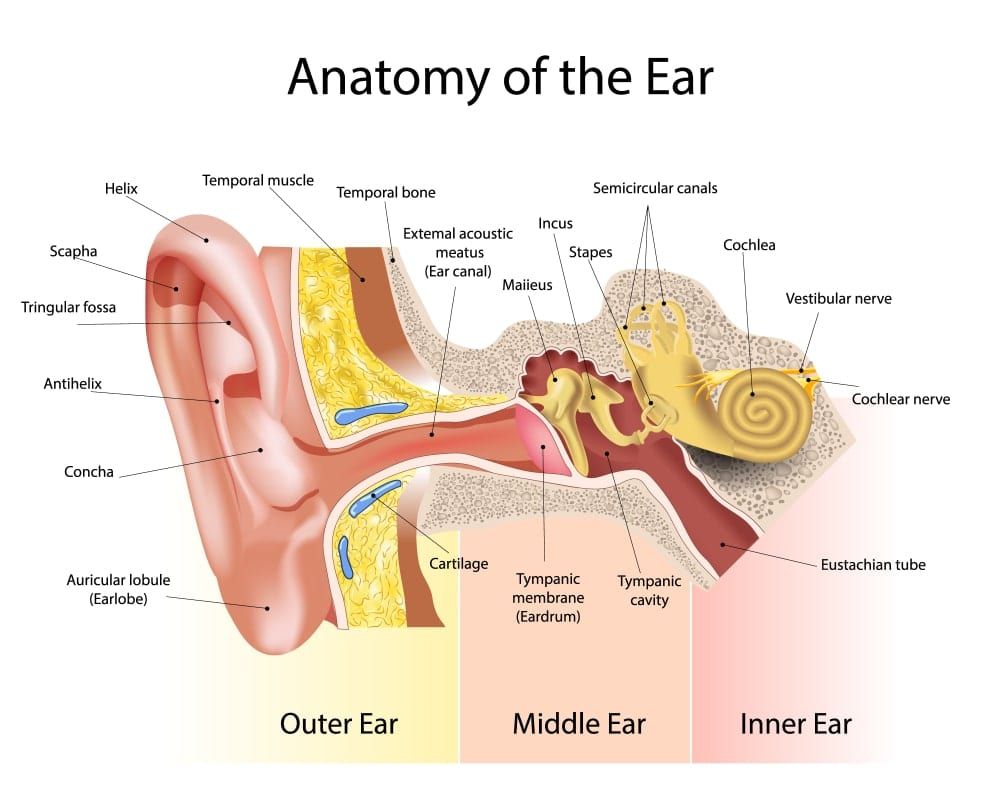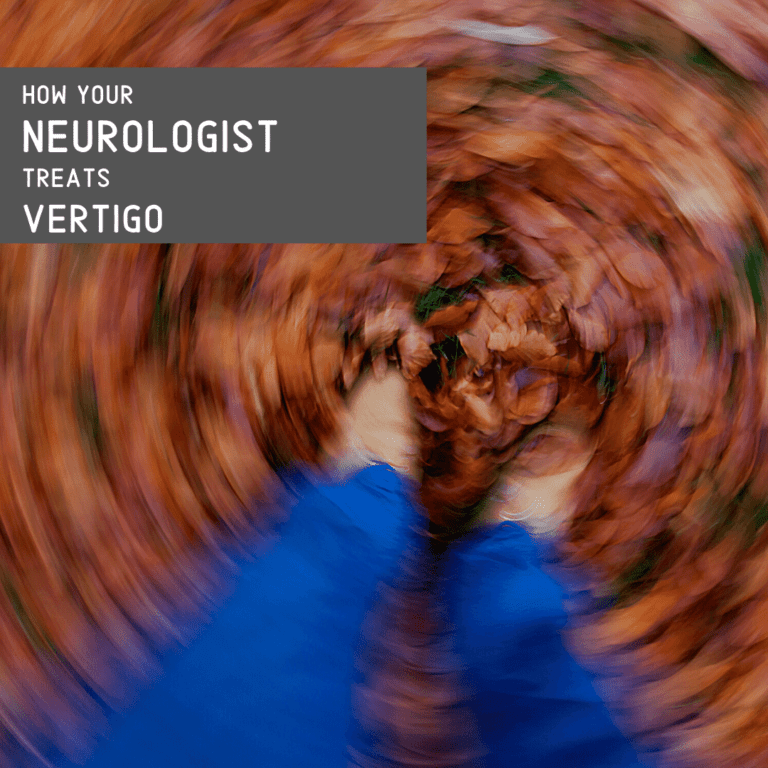Are you one of the 40% of Americans who have been affected by vertigo? Vertigo is the sensation that you are moving, even when you are not. It is similar to motion sickness and is characterized by dizziness or the feeling that the room is spinning. While many people believe that vertigo is a medical condition, it is actually considered a symptom of medical conditions that can affect the inner ear, vestibular nerve, brain stem, or cerebellum.

Therefore when it comes to treating vertigo, the first thing your doctor must determine is what is causing the vertigo. There are two different categories of vertigo that have specific causes. The first category is known as peripheral vertigo, which is caused by a problem with the inner ear or vestibular nerve that connects the ear to the brain. The majority of vertigo causes are classified as being peripheral. Peripheral vertigo is most commonly caused by:
- Benign Paroxysmal Positional Vertigo (BPPV) occurs when calcium crystals are floating around the semicircular canals in the inner ear. It is triggered by head movements.
- Meniere’s Disease occurs when there is increased pressure within the endolymphatic system that causes hearing and balance problems.
- Acute Peripheral Vestibulopathy (APV) occurs when inner ear inflammation leads to sudden vertigo.
The other category of vertigo is known as central vertigo, which is caused by a problem in the brain, specifically the cerebellum which is in charge of balance and movement. Central vertigo can be caused by medical conditions such as multiple sclerosis, migraines, stroke, or a tumor in the cerebellum. However, only about 7% of vertigo cases are categorized as central vertigo.

Together these two categories of vertigo make up what is called vertigo-associated disease. In a general sense, vertigo-associated disease is commonly treated using vestibular blocking agents or VBAs. These include medications such as antihistamines (promethazine or betahistine), benzodiazepines (diazepam or lorazepam), or antiemetics (prochlorperazine or metoclopramide).
However, specific causes of vertigo may also require additional treatment to help alleviate vertigo. Therefore, your neurologist will need to determine what is causing your vertigo. This can be done by performing the following tests:
- Head Thrust: while you are staring at the doctor’s nose, they will move their head quickly to the side to look for correct eye movement.
- Romberg: standing with feet together, you will close your eyes and try to maintain balance.
- Fukuda-Unterberger: you will march in place with your eyes closed without leaning sideways.
- Dix-Hallpike: on an exam table, you will be quickly lowered from a seated position to lying face up while the doctor monitors your eye movements.
- CT scan or MRI: in some cases, imaging tests may also be used to rule out other possible medical causes
Once your neurologist has determined the exact cause of your vertigo, additional measures may be taken to relieve your symptoms. For example, vertigo caused by BPPV can be treated using the Epley repositioning maneuver, which clears calcium crystals from the ear canal. Meniere’s disease may also require bed rest and diuretic medications in addition to VBAs. Ultimately, once your neurologist has diagnosed the cause of your vertigo, they will provide you with a customized treatment plan to alleviate your symptoms.

Dr. Kashouty, a diplomate of the American Board of Psychiatry and Neurology (ABPN), practices general neurology with fellowship trained specialization in clinical neurophysiology. Dr. Kashouty finds the form and function of the nerves and muscles the most interesting part of neurology, which is what led him to specialize in neurophysiology with more emphasis on neuromuscular conditions. He treats all neurological diseases, but his main focus is to treat and manage headaches, movement disorders and neuromuscular diseases.




